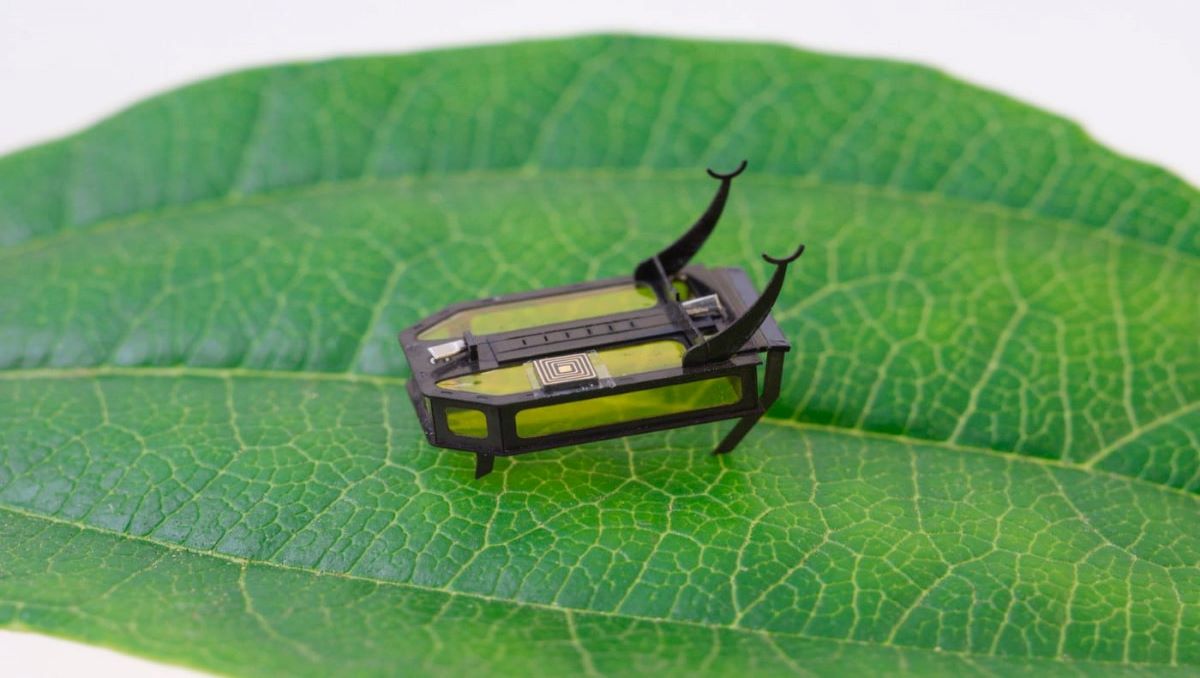Scientists Invent Battery-less ‘RoBeetle’ that Runs on Methanol

An expert team at the University of Southern California has achieved a stunning endeavor by building an 88-milligram”RoBeetle” that is powered by methanol. The RoBeetle encompasses an artificial muscle system to walk, climb, and carry loads on its back for up to 2 hours time. Scientists have long been trying to build tiny robots who possess the capability to navigate environments that are inaccessible or too dangerous for human beings.
Scientists Invent Battery-less ‘RoBeetle’ that Runs on Methanol
The RoBeetle is just 15 millimeters in length which according to its inventor Xiufeng Yang is “one of the lightest and smallest autonomous robots ever created,” “We wanted to create a robot that has a weight and size comparable to real insects,” Yang added.
Priorly, most robots needed motors that are themselves heavy and require electricity, which as a result makes batteries necessary. The most trivial batteries available weigh 10-20 times more than a tiger beetle which is a 50-milligram insect the team utilized as their reference point.
To deal with the problem, Yang and his associates invented an artificial muscle system which is based on liquid fuel, in this case, methanol. it stores 10 times more energy as compared to a battery of the same weight.
The RoBeetle working mechanism is as follows,
The artificial muscles are composed of nickel-titanium alloy wires which contract in length when heated. The wire was coated in a platinum powder that acts as a catalyst for the combustion of methanol vapor. As the vapor from RoBeetle’s fuel tank burns on the platinum powder, the wire contracts and an array of microvalves shut to stop more combustion. The wire then cools and expands, which once more opens the valves, and the process repeats itself until all the fuel is spent. The expanding and contracting artificial muscles are connected to the RoBeetles’ front legs through a transmission mechanism, which allows it to crawl.
The team examined their RoBeetle on different flat and inclined surfaces made from a variety of materials that were both smooth and rough. The mini robot could carry a payload of up to 2.6 times its own weight on its back and can operate nearly two hours on a full tank.
Check out? Scientists Examine the Probability of Wearable Devices in Detecting COVID-19 Signs
PTA Taxes Portal
Find PTA Taxes on All Phones on a Single Page using the PhoneWorld PTA Taxes Portal
Explore NowFollow us on Google News!